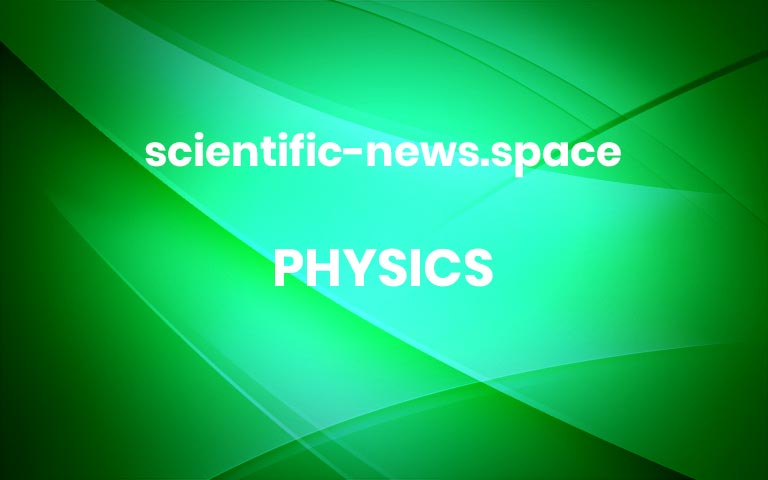Scientists prove “impossible” Earth-to-space quantum link is feasible
Researchers have shown that quantum signals can be sent from Earth up to satellites, not just down from space as previously believed. This breakthrough could make global quantum networks far more powerful, affordable, and practical. More




